On a chilly day in February of this year, I was enjoying a delightful time with one of my daughters, replacing the radiator on her hand-me-down, 240,000 mile vehicle. Changing the radiator in the middle of my southwest Baltimore street made for some unexpectedly wonderful encounters. There was our mail carrier who reintroduced himself after he and I had met at a neighborhood party. An older woman, impressed by my daughter’s dirty hands, said to me, “You need to come and get my son off the couch. He won’t do nothing.” There was the neighbor who used to do his own car work and offered to loan tools should we need any, another neighbor who I learned refurbishes motorcycles (“I’ve been riding them since before I had a driver’s license!”) and the random stranger who drew out an 8” knife blade to help us remove a stuck hose. “Don’t worry,” he said somewhat reassuringly, “I won’t stick you.” I was reminded how, in the midst of so many challenges in our public life, most people in most places in Baltimore City are very good people – friendly, helpful, neighborly.
As visitors from General Assembly come pouring into my city, I want to start here, somewhat defensive of my city and its culture. I love my racially and economically diverse neighborhood. I love the fact that I can walk 2 blocks, fumbling with my broken Spanish to obtain delicious Peruvian chicken and fried plantains at a reasonable price, just across the street from the clinic where people come for their methadone treatments. I love my local pub, owned by a young, entrepreneurial African-American woman from DC who told me that unlike Washington there is opportunity for someone like her here. I love that in “Smaltimore,” as Baltimore is affectionately known, I can go just about anywhere and run into someone that I know.
The culture of Baltimore is unlike any I’ve ever known – non-pretentious, gritty, real. As a blue state, we’re liberal, yes, but not in the snooty, privileged way that I’ve come to resent among elites. Our rough streets will rip apart the undercarriage of your fancy car, but you can fix it on the side of the road with help from random bystanders. Our benches proudly proclaim “Baltimore: The Greatest City in America” and we refuse to choose between laughing at this irony and accepting it as true. Both the waitress at the local diner and the Catholic priest at the church down the street call me “hon,” and Baltimoreans accept this politically incorrect address as evidence of our non-compliance with anything too formal or controlled.
It’s been said that Baltimore is a southern city that thinks it’s a northern city. Historically there are good reasons for this. Early in the history of the US, Baltimore boasted a thriving Black community. Thousands of freed Blacks found their way to Baltimore where they found opportunities for meaningful work and relief from the oppression of the deep south. Yet while their white neighbors were building their savings, passing generational wealth down to the next generations, many Black Americans were using their accumulated wealth to literally purchase their family members out of slavery. These wealth disparities have never been acknowledged much less corrected.
The Mason Dixon line is only 35 miles north at the Pennsylvania border. Because of Baltimore’s proximity to Washington, Abraham Lincoln sent troops here early to prevent Maryland from seceding from the union during the Civil War. As a result, Maryland was exempt from the federal requirements imposed on southern states through Reconstruction. Hence many Confederate sympathizers moved to Baltimore following the war with their white supremacist ideologies intact. Those ideologies put Baltimore on the map again, this time as an innovator in segregationist policies.
When de jure segregation was struck down by the courts, Baltimore employed restrictive “covenants,” where white homeowners took over deeds that included prohibitions against selling to Blacks in neighborhoods where agents refused to sell to Jews (initially a 3-layer structure of prejudice). The effects of restrictive covenants were amplified by the federal government’s redlining – maps disclosed only to banks, guiding them in which sorts of loans would be low risk and which would be high. Racially homogenous neighborhoods were considered the safest investments, mixed race neighborhoods the riskiest. In many ways, our nation has never recovered from those maps which have become a part not only of our policies but of our psychic geography.
The church has been on both sides of those maps. Many of the white Presbyterian Churches in our Presbytery followed the white (and later Black middle class) flight out of the city beginning in the 1950s. They sold their church buildings to Black congregations and built new facilities across the city line, feeding and following Baltimore’s decline from city of over a million to one of 600,000 today. My own congregation, Brown Memorial, split the difference, opening up a “second location” in the county, trying to adapt to changing realities and loss of members without losing our full commitment to the city. Ten years later when folks in the then well-resourced county church started scratching their heads as to why they should keep open a declining city congregation, an amicable separation occurred. The split forced that gritty, “throw it against the wall and see if sticks” kind of church culture that I’ve come to appreciate. In Baltimore, we’re never too proud to fail. We can, at times, be quite proud of it.
Back on the street that February day, at about 1:30 pm my father-daughter auto repair delight was shattered by the not so unfamiliar “pop, pop, pop” of gunfire just a few blocks away. Round after round lit up the air. “I think someone just died,” I said to my daughter. We paused with an unrehearsed moment of silence which was quickly displaced by sirens, the whirring police helicopter, the screeching of police tires. Three people had been shot, including a 15 year-old boy. Our work continued, this time on edge.
This is the Baltimore that most out-of-towners imagine. It is, unfortunately, also part of our reality. The shootings do seem to come daily now and the drugs are unstoppable. Three blocks from where I live, a new heroin market is so active that somebody put it on Google Maps so that out of towners could find it easily off I-95. My next door neighbor was shot one night as he came home from work. Foolishly, he did refuse to give the gun toting youths what they wanted, but still. The week I wrote this piece a parishioner shared with me how two of her friends had died in overdoses in the same week. A recovering heroin addict herself, I asked her how it is that she survived. “I was given the chance to heal,” she told me.
Baltimore, it seems, has yet to be given a chance to heal. The police department has been the most corrupt in the US, yet unlike some of the activists who flooded Baltimore during the uprising, most neighbors do want police in their neighborhoods – they just want them to get out of their cars, learn how to engage people, and be held accountable to constitutional policing. Unemployment is rampant, yet most Baltimoreans are hungry for living wage work – jobs to replace the Bethlehem Steel manufacturing jobs – a disappearance at the real root of our decades long crime problems, and the boarded up homes that litter our landscape. Too many to count have gone to prison, yet the transition out of prison still makes it difficult to earn an honest living in a city where the drug economy is the most effective corporate recruiter program around. Baltimore needs a chance to heal.
A lot of churches have tried to be a part of that healing through the years. Our soup kitchens, afterschool programs, tutoring initiatives, housing upstarts – they are all important ways the church is living the Gospel in the city. But direct service isn’t enough and it won’t finally change our city. What will change it is disrupting business as usual with Pauline inspired, Christologically disruptive activities that we read about in the New Testament, practices adopted from those prophets in the Hebrew Scriptures who put on sackcloth, marched around city gates, hung around with prostitutes and sinners before they ever passed resolutions about any of them. We have to learn how to put our bodies into action not only our words. There is a reason that the Spirit is connected to the breath – the life force – of our bodies.
That’s impossible to do in a week, of course. Presbyterians have to learn how to organize power across those lines that someone else put on the maps, lines that we continue to observe as if we didn’t have the freedom to cross them. Having organized now for 15 years with BUILD,* I’ve learned that before we do anything together we have to listen to each other. And when we listen, we begin to gain the greatest gift that God is dying to give us – the belief that we can change with our city. In fact, the inability to dream what is possible may be the greatest threat to faith in our time. In a city with over 300 murders a year, and where more than 700 people a year die from overdoses, it’s hard to know sometimes which is the greater tragedy – that some of us have given up on the idea that we can deal with pain in any way other than ending life, or that others of us have given up on the idea that we can tackle our biggest public problems together.
We have to dream a little. Of course, when we dream like that, the church has to change along with the community. We have to imagine church differently than we’ve imagined it in the past. I was reminded of this recently at my local bar. So frequently have I visited this establishment that the owner of the bar recently asked me to “hold church” there on Sunday afternoons. When I asked her what she had in mind she said, “You know, you would basically talk to people about their problems and offer them spiritual guidance.”
“How is that any different from any other time I come in here?” I joked. I was only partially kidding.
Only weeks before, I had overheard the young woman next to me talking about troubles with her girlfriend, surviving the murder of her brother, struggling to get a job that matched her sense of calling – some painful and important human stuff – Baltimore’s problems on display in a single, precious life. Through it all, she kept talking about God. I couldn’t let it lie.
“You sound like someone formed in the faith,” I said, inserting myself into the conversation.
“O, I hate churches,” she said, without so much as a pause. “They’re all judgy and hypocritical. They don’t accept me and who I love. They say one thing, do another.”
“That’s true,” I said, “but there’s also grace and forgiveness and compassion there at least some of the time.”
“Yeah,” she said, “I did get Jesus there. I guess that’s why I hate the church so much. We just can’t ever love like he does.” She took a breath. “Why do you care? Are you religious or something?”
“Not at all,” I said, “I’m a Presbyterian pastor.”
“Jesus,” she said, downing a shot of something.
“Most of the time, honestly,” I told her, “I’m just as hungry for what you’re talking about as everybody else.”
I told her about our community, about the rainbow flag hanging over the door, about the work in the city to get to the root of our crime which is really about attacking the legacy of white supremacy with purpose and grit. I told her about the Kirwan Commission** that BUILD was fighting for – a $2 to $3 billion educational initiative to reverse the legacy of unequal education. I told her about the 700+ unemployed Baltimoreans, 65% of whom have been in prison, who have living wage work because of Turnaround Tuesday, BUILD’s jobs movement. I told her about the grace I had personally received in church where most people understand that God loves us not because we are perfect, but because God’s love is perfect.
“Yeah we’ve got our hypocrisy,” I confessed. “I’ve got my own. I know I’m not perfect. Neither is the church I serve. But I’ve met God there.”
She told me she was going to come visit one day. My first reflection was I was so glad to have a place welcoming and humble enough to invite her to. My second reflection was that all this talk about the death of churches is misplaced. The truth is that we’ve never been more hungry for the Gospel. The church needs to remember this truth and let go of anything that distracts us from it, meeting God on the streets, in the bars, and seated on those famous Baltimore stoops where all storytellers find their start.
Yet even with all of our problems in the PC-USA, as I walked home that night through the streets of southwest Baltimore, past the scarred row homes that sometimes tell the story of our past, other times point us toward possibility, I realized I was even more grateful that I have church to go to. A community struggling to hear Jesus’ radical words, a place to remind me of the fact that the power of God is always sneaking up on us, always working us over in the ways that we need together, in the ways that our city needs together, in the way that our nation needs together. This place where we get a chance to heal and be healed, to receive justice, and mercy and grace, together. The faith to believe that we can change and will be changed by God.
*Andrew Foster Connors and the Brown Memorial Park Avenue congregation are active in the community organization, BUILD (Baltimoreans United in Leadership Development).
**In late 2019, the Kirwan Commission brought recommendations for improving education in Maryland in five policy areas. The state General Assembly is considering funding options as this is written in early 2020. See Recommendation 10 at the beginning of Epistles from Baltimore.
*The entire Epistles from Baltimore document can be found here.

Rev. Andrew Foster Connors is the senior pastor of Brown Memorial Park Avenue Presbyterian Church in Baltimore.

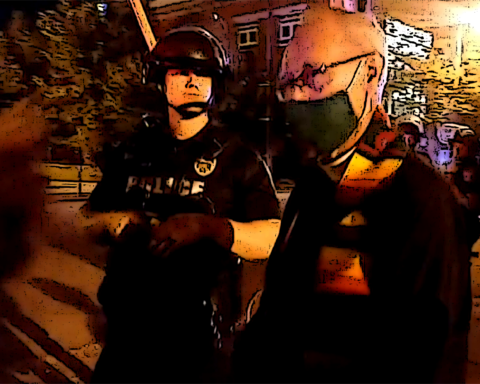
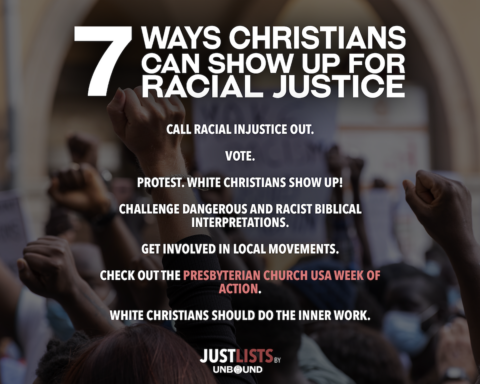
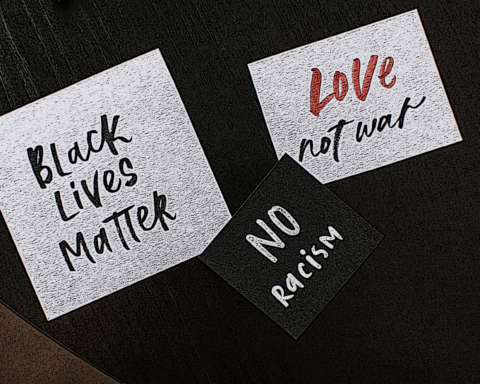
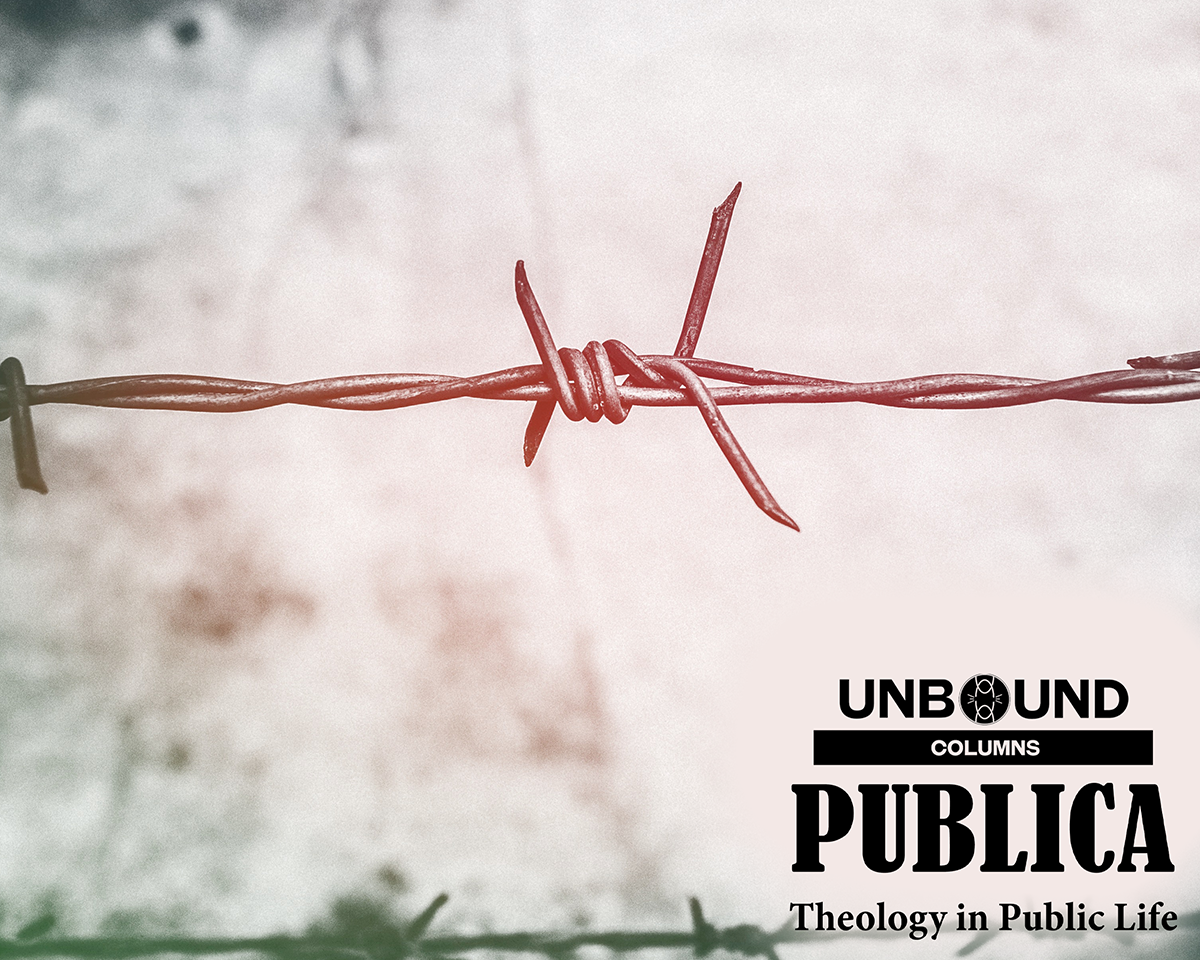
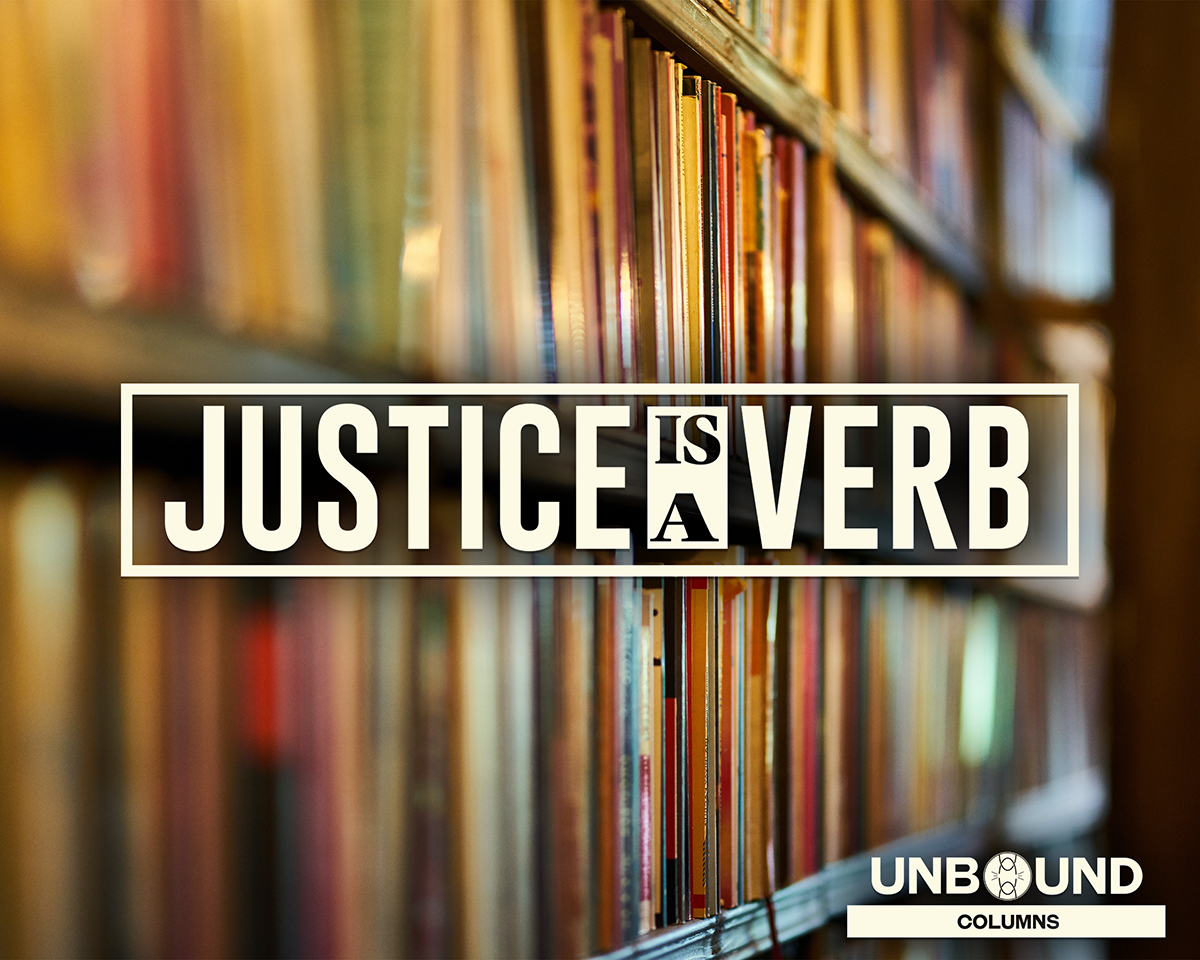
Unbound Social